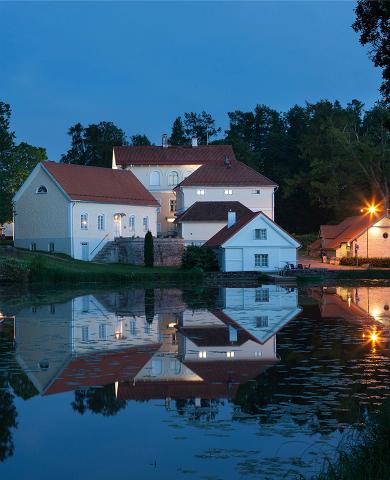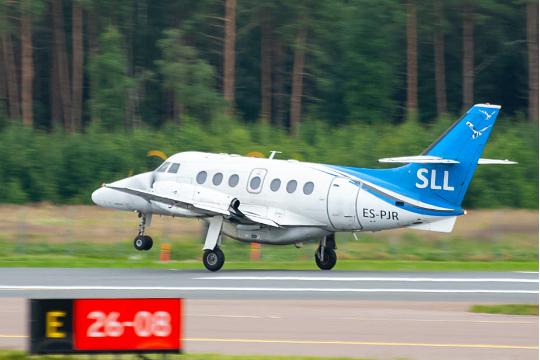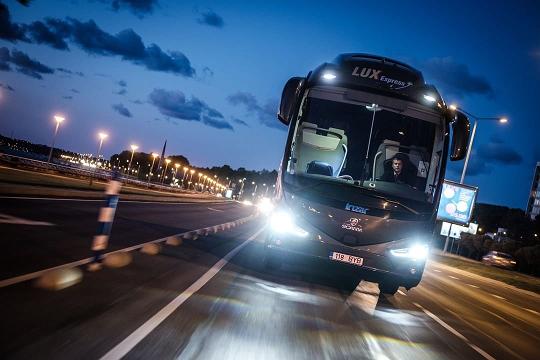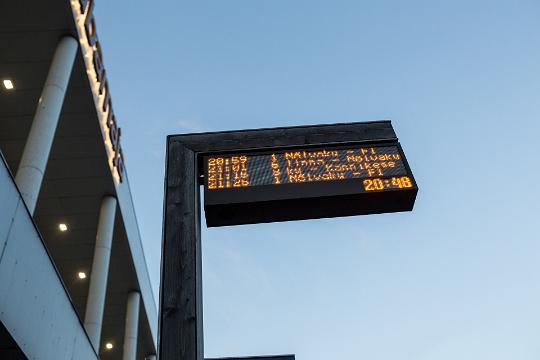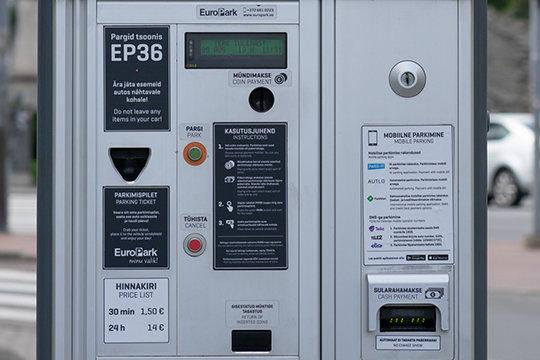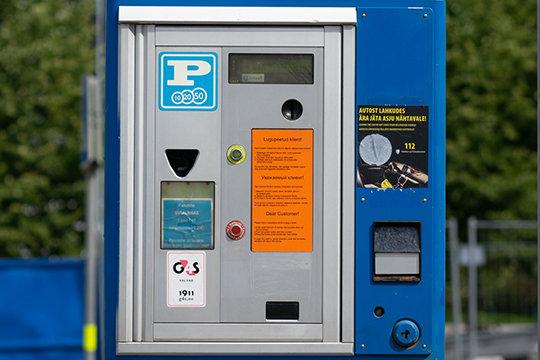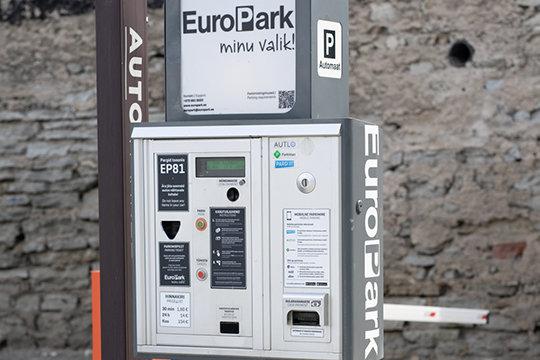FAQs: Travel to and around Estonia
Getting to and around Estonia is pretty straightforward. Here’s everything you need to know about Estonia before taking off including local currency, weather, public holidays, and transport options.
Getting to Estonia
Traveling to Estonia is quick and convenient thanks to frequent connections with Scandinavia and the rest of Europe. You can fly to Tallinn with direct flights from dozens of cities, including Amsterdam, Frankfurt, Istanbul, London, Paris, and Vienna. Ferry routes connect Tallinn with Helsinki and Stockholm. You can get to Tallinn from Riga, Latvia, by train, with a stop to change trains in Valga. Coach companies also provide frequent buses between Riga and Tallinn.
It is possible to travel via car from Latvia or take your car on the ferry from Stockholm or Helsinki to Tallinn. Major international companies offer rental car services in Tallinn and you can hop in a rental upon your arrival at Tallinn Airport. While a car isn't necessary to explore most of Estonia's major attractions, a car does make it easier to discover Estonia's wild nature or explore rural areas.
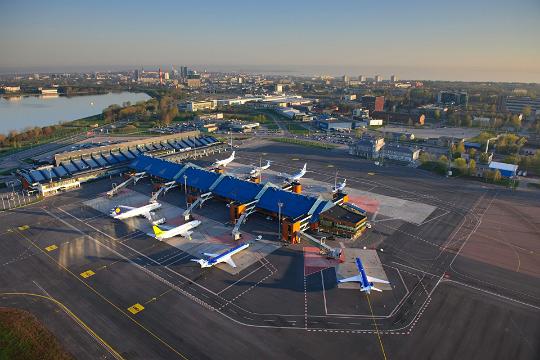
Tallinn Airport
Photo: Sven Zacek, Visit Estonia
Visas
Estonia is an EU member country and part of the Schengen area. Please consult the Estonian Ministry of Foreign Affairs website for a list of countries requiring visas and details on applying. If you do need a Schengen area visa, you can apply at an Estonian embassy in your country of origin. If there isn't an Estonian embassy or consulate in your country, you can apply at the office of a Member State representing Estonia for issuing visas.
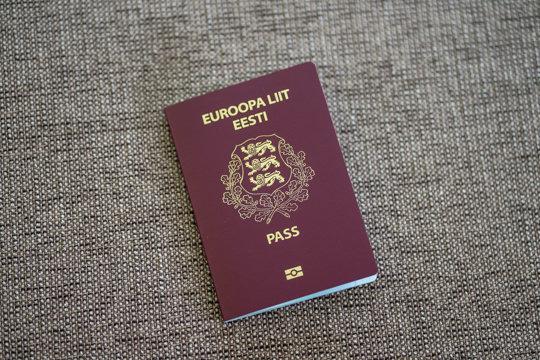
Passport
Photo: Martti Volt, Visit Estonia
Local transport
There is a wide variety of local transport options available in Estonia. For cross-country coach routes, schedules, and tickets visit T-pilet.ee.
For train routes and tickets, please visit Elron.ee. For information about domestic ferries to the most popular islands — Saaremaa, Hiiumaa, Kihnu, Vormsi, Manilaid, Ruhnu, Aegna, Piirissaar, and Prangli — see praamid.ee, Veeteed.com and Tuuleliinid.ee. There are also domestic flights from Tallinn to the island towns of Kuressaare and Kärdla. Most buses and trains have free Wi-Fi.
Transportation in Tallinn
Bus number 2 connects the port with Tallinn Airport.
For Tallinn public transport routes and schedules, please visit transport.tallinn.ee. A prepaid Smartcard (Ühiskaart) can be bought and reloaded online or at supermarkets, kiosks, and post offices. Tallinn has an extensive tram system.
Taxi rates vary by company but are posted on a yellow sticker on the right rear window of each vehicle. You can easily order taxis and verified private drivers via Bolt and Uber mobile apps.
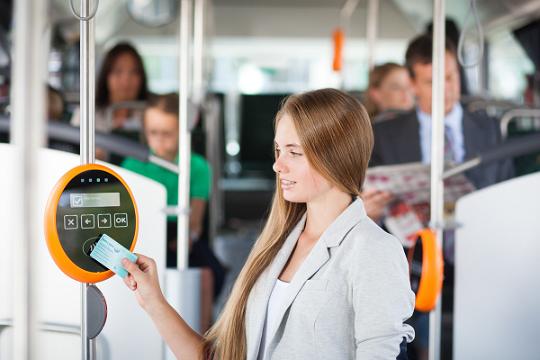
Transportation in Tallinn
Photo: Tallinn City Tourist Office & Convention Bureau
By car
Estonia has right-hand traffic and an extensive road system.
The speed limit in the countryside is 90 km/h and 50 km/h in urban areas unless specified otherwise. Sometimes the speed limit is lowered due to security reasons to 70 km/h. Estonian highways tend to be narrow, therefore it’s important to pay attention to the speed limits and to pay extra attention when overtaking. Speed cameras are common in Estonia and speeding is rarely tolerated.
While driving in Estonia, all passengers are expected to wear seat belts and lights must be switched on at all times. A child safety seat must be installed for toddlers. Estonia has a zero-tolerance policy for driving under the influence. Parking tends to be free for the first 15 minutes at certain times of the day in Tallinn and Tartu, but there needs to be a clear indication of the start time visible to the parking officer. Shopping mall parking lots tend to be more flexible (free for up to four hours). There are also secured paid bicycle racks available in Tallinn's city center.
More information about parking.
Before taking off, make sure your car has a danger triangle, reflective vest, and a fire extinguisher. Unless your car has all-season tires, you are required to install studded tires for winter driving in Estonia. Studded tires are usually required from the 15th of October to the 31st of March.
Foreign vehicles must have third-party liability insurance in Estonia. Vehicles registered in an EEA country can only be insured in that specific country of registration. For vehicles registered outside of EEA, a Green Card or border insurance is required. Estonia recognizes driving licenses from countries around the world, please check for specific requirements.
Weather permitting, it is possible to drive on ice roads in Estonia, which comes with its own set of rules. The first thing to do before heading out is to check if the ice road is even open (see more).
Here are other useful facts you should know about driving in Estonia:
- Names of bus stops are good indicators of unmarked villages.
- Estonia is home to nearly 12,000 deer and other wild animals that run across roads regularly, especially during dusk and dawn.
- It’s against the law to actively use a mobile device while driving.
- Estonia has a network of charging stations for electric cars. The most popular EV charging companies are Enefit Volt, Eleport, and Alexela.
Weather and climate
The weather in Estonia varies by season. The average summer temperature is fairly mild, varying between 16 and 20 degrees Celcius, but can reach up to 30 degrees Celcius. Summer in Estonia tends to be very light, with 19 hours of daylight known locally as "white nights". Spring and autumn see frequent light rain so bring an umbrella and a waterproof jacket. In winter, the rain turns to snow, and the temperature drops below zero, so wrap up warm.
The weather forecast in Estonia is available via weather.ee.

Estonian climate
Photo: Karl Ander Adami, Visit Estonia
Safety
Estonia is a safe country with low crime rates. In busy urban areas, as in any country, you should look after your belongings and be aware of pickpocketing. It is required by law for pedestrians to wear a reflector in Estonia due to poor visibility on high traffic roads across the country. Reflectors come in lots of attractive designs and can be purchased for a few euros in supermarkets and souvenir shops.
Tap water is safe to drink all across the country.

Reflector
Photo: Martti Volt, Visit Estonia
Medical information
It is advisable to purchase travel insurance before a trip. Residents of Europe should check if their healthcare provider has a contract with the Estonian Health Insurance Fund. If so, you should also obtain a free European Health Insurance Card (EHIC) before leaving. The EHIC isn't a substitute for medical and travel insurance, but it entitles EU citizens to state-provided medical treatment on the same terms as Estonian nationals.
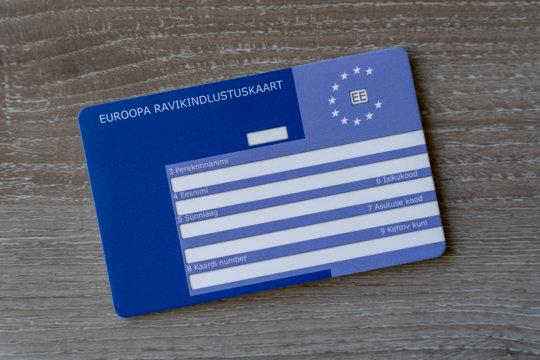
European Health Insurance Card
Photo: Martti Volt, Visit Estonia
People with disabilities
Major commercial carriers and hotels in Estonia have all been equipped with accessible entries and facilities. However, it’s always good to double-check before arriving.
Elron trains in Estonia have priority seating (marked with international symbols) for people with limited mobility and there is a wheelchair spot in the C-area that is equipped with a safety belt and an SOS button. Passengers in wheelchairs can board the train using the "C-area" doors, including a fully automated adjustable step and a button to open the door that is designed for use by a passenger in a wheelchair.
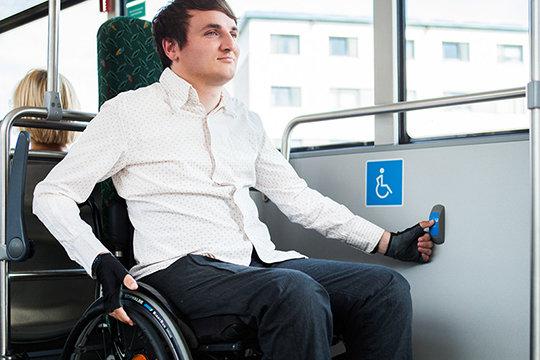
Traveler in wheelchair
Photo: Rasmus Jurkatam, Tallinn City Tourist Office & Convention Bureau
Tax-Free shopping
Tax-free shopping enables international shoppers to claim back the VAT on their eligible purchases when they shop abroad. A typical Tax-Free shopping journey begins with an international shopper purchasing goods at a store, with VAT included in the price, and follows these three steps:
- Receive a tax-free form at the point of sale
- Validate the tax-free form by Customs when leaving EU-territory
- VAT is refunded to the shopper once the tax-tree form is validated
Who is eligible for tax-free Shopping in Estonia?
Anyone who has a permanent residence in a non-EU country
How to shop tax-free
- Look for the tax-free sign in stores.
- Spend at least 38,01 euros in one store per day to meet the required minimum purchase amount.
- Keep in mind that purchased goods must be exported in unused condition.
- Remember that export validation for the tax-free form must be obtained upon leaving EU territory within three months from the issuing month.
Ask for more details from the store or visit the Customs website.
NEW! From 1 January 2021, UK residents in England, Wales, and Scotland (excluding Northern Ireland) are eligible to use the Tax-Free Shopping service in Estonia.

Tax-free shopping
Photo by: Kaspar Orasmäe, Visit Estonia
Fast facts
- European Union membership: since 2004
- Official language: Estonian, with English widely spoken
- Currency: Euro € (check conversion rates)
- Time zone: GMT +2 in winter and GMT +3 in summer
- Country dialing code: 00372 or +372
- Emergency number: 112 (all emergencies)
- Plug socket: type F, with voltage of 230V and frequency of 50Hz
- Traveling with a pet. Full details of traveling to Estonia with a pet are available from the Estonian Agriculture and Food Board.
- Tipping in Estonia. Tipping is becoming more common in Estonia but is usually limited to restaurants and delivery services — 10% is the typical gratuity for exceptional service.

Traveling with a pet
Photo: Janis Kokk
Public holidays
Most shops, banks, and restaurants are open on public holidays — the 25th of December and 1st of January are the only days when most businesses are closed.
- 1st of January: New Year’s Day. Usually a very quiet day after celebrations.
- 24th of February: Independence Day. Celebrated with the military parade in the morning and festive family dinners in the evening.
- Good Friday and Easter Sunday. Commonly known as lihavõtted or munadepühad in Estonian. Celebrated by springtime (dairy-based) treats, eggs, and folk festivities.
- 1st of May: May Day. The night before (Walpburg night) is celebrated with parties and folk traditions.
- 23rd of June: Victory Day. Celebrating a decisive battle in 1919 during the War of Independence
- 24th of June: Midsummer Day. Commonly known as Jaanipäev. Celebrated with bonfires, concerts, and festivities taking place all around Estonia. One of the most important dates in the year for Estonians.
- 20th of August: Day of Restoration of Independence. Celebrated with national festivities, events, and family gatherings.
- 24th December – 26th of December: Christmas.

Midsummer's Eve
Photo: Visit Estonia













